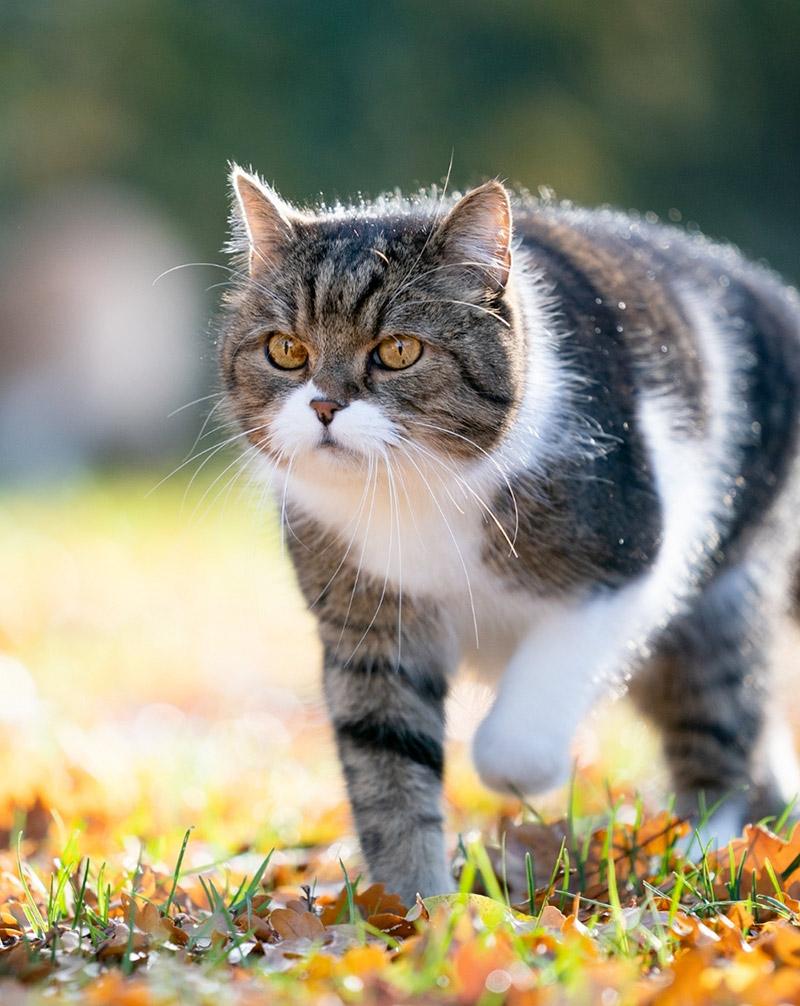Pet Surgery
Our surgical team is highly trained and experienced in orthopedic procedures.

Surgery in a safe and clean environment.
We are proud to offer most soft tissue and orthopedic surgical procedures for dogs and cats. We utilize state-of-the-art diagnostic imaging to enhance our capabilities for precise diagnosis and the best surgical outcome, ensuring that your pet has access to the highest standard of veterinary medicine.
Our team is highly skilled and experienced in performing a wide variety of pet surgeries using modern techniques, cutting-edge equipment, and always adhering to the highest safety and care standards. In addition to most kinds of soft tissue surgeries, we also perform advanced orthopedic surgeries such as Tibial Plateau Leveling Osteotomies (TPLO). You can feel confident that your loved one will be in excellent hands with our team.
Our Surgical Options:

TPLO Surgery
The surgery that is commonly offered is called a TPLO, which stands for Tibial Plateau Leveling Osteotomy. This is a procedure that essentially changes the physics of the leg, making the ligament unneeded for the knee’s stability. The surgeon makes cuts to the bone, rotates it, and then uses screws and a plate to provide stability. While there are a few other procedures, the TPLO remains the standard of care for this injury.
In each pet, there are two primary ligaments inside the knee that control movement between the femur and the tibia: one is called the caudal cruciate ligament, and the other is called the cranial cruciate ligament (CCL) (analogous to the human ACL, or anterior cruciate ligament). In both species, the CCL/ACL is prone to tearing, resulting in a partial and complete rupture. After partial or full rupture of the CCL, the excessive motion between the femur and the tibia leads to pain, inflammation and swelling of the joints, cartilage damage, and osteoarthritis.
If your dog has a partial or complete tear of their CCL, they will be lame in the acute stages of the disease, which will improve somewhat over time. Damage to the CCL is not reversible. Once the fibers begin to tear, joint instability ensues, which will only continue to progress with time. Surgery is required to correct the condition and to improve your pet’s comfort.
Multiple studies have repeatedly shown that in both the immediate (initial days to weeks) and long-term (months to years), dogs do significantly better with surgical repair versus medical management of CCL rupture.

Extracapsular Suture Repair
This procedure represents the long-standing traditional surgical repair for CCL rupture. Instead of having to perform an osteotomy (cutting of the bone, as with both the TPLO and TTA), this procedure relies on the placement of strong suture material around the flabella (behind the knee) and through a hole in the tibia to replicate the stabilizing force the torn CCL can no longer provide the joint.

Medial Patellar Luxation
Patellar luxation occurs when a dog’s kneecap slips out of its proper position and becomes unable to fully glide down the groove of the femur. An MPL occurs when the pet’s kneecap slides down to the inside of the knee. If left untreated, medial patellar luxations can result in osteoarthritis, cartilage damage, and ligament tears.
Medial patellar luxations are graded according to severity and frequency of displacement:
Grade I: Knee cap can be manipulated out of its groove, but returns to its normal position spontaneously.
Grade II: Knee cap rides out of its groove occasionally and can be replaced in the groove by manipulation.
Grade III: Knee cap rides out of its groove most of the time, but can be replaced in the groove via manipulation.
Grade IV: Knee cap rides out of its groove all the time and cannot be replaced inside the groove.
There are many surgical options to treat this condition.
- Reconstruction of soft tissues surrounding the knee cap to loosen the side toward which the patella is riding and tighten the opposite side.
- Deepening of the femoral groove so that the knee cap can seat deeply in its normal position; this can be achieved by a variety of different techniques.
- Transposing the tibial crest, the bony prominence onto which the tendon of the patella attaches below the knee. This will help realign the quadriceps, the patella, and its tendon.
- Correction of abnormally shaped femurs is occasionally required in cases where the abnormal shape of the femur angle the knee cap to luxate most or all the time. This procedure involves cutting the bone, correcting its deformity, and immobilizing it with a bone plate.

Femoral Head and Neck Ostectomy (FHO)
During a femoral head and neck ostectomy, we excise the ball portion of the hip joint and allow a “false joint” of scar tissue to form and relieve your pet’s hip pain. Fibrous tissues and the remaining joint capsule help hold the limb in place and pseudoarthrosis (false joint) replaces the pre-existing hip joint. This procedure is generally regarded as most effective in smaller patients; however, no definitive size limitation exists. The goal of any orthopedic surgery is the fast return to function.

Soft Tissue Surgery
We offer soft tissue surgical procedures for dogs and cats suffering from ear, eyes, gastrointestinal, urogenital, skin, and oncological disorders, in addition to all elective procedures like spays and neuters.

Fracture Repair

